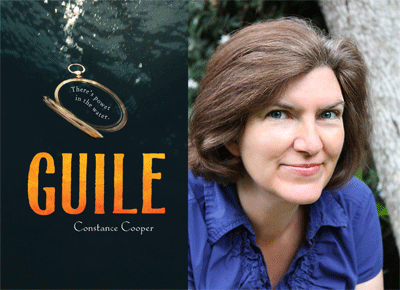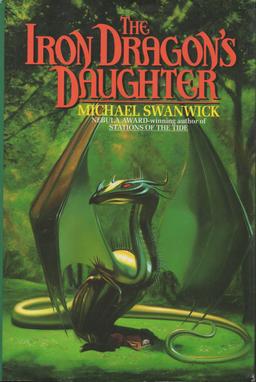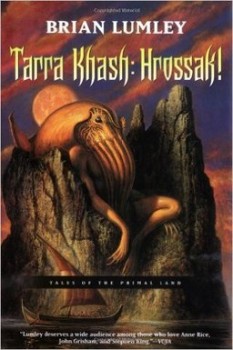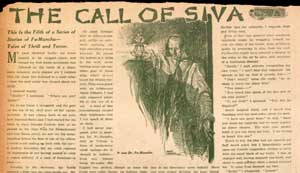Self-Published Book Review: Bitterwood by James Maxey
If you have a book you’d like me to review, please see this post for instructions to submit. I’ve received very few submissions recently, and I’d like to get more.
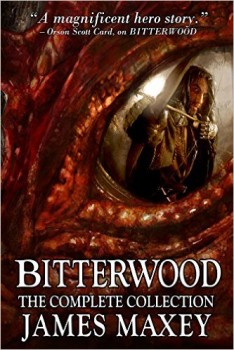 This month’s self-published book review is of Bitterwood by James Maxey. I’m stretching the definition of self-published in this instance, as Bitterwood was initially published by Solaris in 2007. But the version I’ve been reading is in Bitterwood: The Complete Collection, which appears to have been published by the author, and includes new material. The reason that I’m stretching definitions here is that I’ve received very few submissions recently. So if you’re interested in seeing your novel reviewed, please submit it to me.
This month’s self-published book review is of Bitterwood by James Maxey. I’m stretching the definition of self-published in this instance, as Bitterwood was initially published by Solaris in 2007. But the version I’ve been reading is in Bitterwood: The Complete Collection, which appears to have been published by the author, and includes new material. The reason that I’m stretching definitions here is that I’ve received very few submissions recently. So if you’re interested in seeing your novel reviewed, please submit it to me.
Bitterwood is the story of a world ruled by dragons. These are not your standard fantasy dragons, though. They are four limbed — two hind claws, and two wings with foreclaws that allow manipulation — and they do not breathe fire. They’re also considerably smaller than fantasy dragons, the smaller ones being not much larger than a man, but they are considerably more civilized. They have a well-developed culture, and a hierarchy ruled by the large sun-dragons, served by the deft and scholarly sky-dragons, and the worker, earthbound earth-dragons. And beneath them all are the humans who work the fields and pay tribute. The dragon king, Albekizan, owns the entire known world, and everyone lives on it at his sufferance. The humans are considered little better than parasites, held in contempt and hunted for sport.
Except for Bant Bitterwood. Converted at a young age to a harsh form of Christianity by the wandering prophet Hezekiah, Bant was force to abandon his family by the prophet, and subsequently lost them to the dragons. Bitterwood abandoned his faith and swore vengeance, and has been hunting dragons ever since. Every dragon knows his name, and fears him as The Ghost Who Kills — a man who should be dead, who comes and goes like a ghost, and kills without mercy.
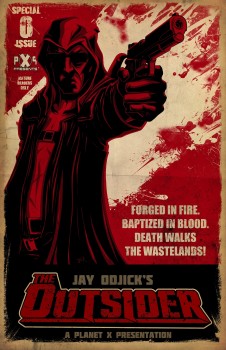 a Canadian graphic novelist who in 2014 became the Executive Producer and lead writer for the animated TV series Kagagi: The Raven, which was an adaptation of his own indie graphic novel. His TV show about a teen native American superhero is running on APTN in Canada and FNX in the USA and other foreign markets have shown considerable interest.
a Canadian graphic novelist who in 2014 became the Executive Producer and lead writer for the animated TV series Kagagi: The Raven, which was an adaptation of his own indie graphic novel. His TV show about a teen native American superhero is running on APTN in Canada and FNX in the USA and other foreign markets have shown considerable interest.
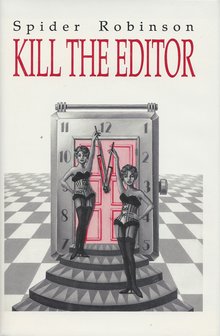 In my
In my 